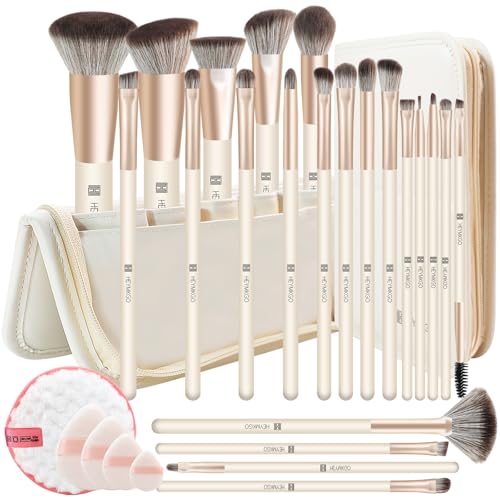- Joined
- Dec 9, 2009
- Messages
- 5
- Reaction score
- 0
Ingrown hairs are common after shaving or waxing, but they can be prevented. Treating them right away will help prevent infection, too.
Ingrown hairs are usually caused by shaving or waxing, but they can also be the result of too-tight clothing. The hair grows out slightly, and then curls back towards the body, penetrating the skin. People with curly hair are more prone to ingrown hairs than those with straight hair. Inflammation results in a raised bump, redness, or itchiness, and sometimes the curled-back hair can even be seen inside the bump.
When left untreated, or if treated incorrectly, ingrown hairs can become infected, and a doctor's treatment may be necessary. Here are some tips for preventing and treating ingrown hairs so that a visit to the doctor won't be necessary.
Preventing Ingrown Hairs
The key to preventing ingrown hairs is making sure that the hair grows out straight from the follicle, without turning back towards the skin. Here are some ways to do this:
Shave, wax, or tweeze hairs in the direction of hair growth. Shaving against the grain bends the hair backwards, encouraging its growth back towards the skin.
Moisturize the area to be shaved so that the hair is soft, and less resistant to removal.
Do not shave over the same area multiple times.
Change the razor's blade, or use a new razor. A dull razor can aggravate the skin.
Exfoliate before or after shaving so that dead skin is removed, and therefore can't block any hair follicles.
Place a warm, damp towel over the recently-shaved area. This will help soothe the skin.
All of these tips can be combined for a shaving experience that not only helps prevent ingrown hairs, but is also more relaxing.
Some people have also found success by switching to an electric razor. These are available for women now, too.
Ingrown hairs are usually caused by shaving or waxing, but they can also be the result of too-tight clothing. The hair grows out slightly, and then curls back towards the body, penetrating the skin. People with curly hair are more prone to ingrown hairs than those with straight hair. Inflammation results in a raised bump, redness, or itchiness, and sometimes the curled-back hair can even be seen inside the bump.
When left untreated, or if treated incorrectly, ingrown hairs can become infected, and a doctor's treatment may be necessary. Here are some tips for preventing and treating ingrown hairs so that a visit to the doctor won't be necessary.
Preventing Ingrown Hairs
The key to preventing ingrown hairs is making sure that the hair grows out straight from the follicle, without turning back towards the skin. Here are some ways to do this:
Shave, wax, or tweeze hairs in the direction of hair growth. Shaving against the grain bends the hair backwards, encouraging its growth back towards the skin.
Moisturize the area to be shaved so that the hair is soft, and less resistant to removal.
Do not shave over the same area multiple times.
Change the razor's blade, or use a new razor. A dull razor can aggravate the skin.
Exfoliate before or after shaving so that dead skin is removed, and therefore can't block any hair follicles.
Place a warm, damp towel over the recently-shaved area. This will help soothe the skin.
All of these tips can be combined for a shaving experience that not only helps prevent ingrown hairs, but is also more relaxing.
Some people have also found success by switching to an electric razor. These are available for women now, too.






![Sorbus Clear Cosmetic Makeup Organizer - Make Up & Jewelry Storage, Case & Display - Spacious Design - Holder for Dresser, Bathroom, Vanity & Countertop (3 Large, 4 Small Drawers) [Black Jewel]](https://m.media-amazon.com/images/I/51yH9FoDjDL._SL500_.jpg)




























